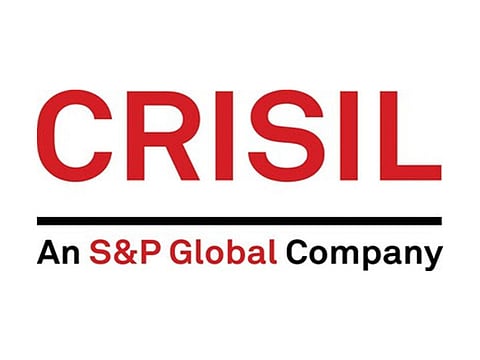

MUMBAI: The renewable energy, roads and real estate sectors are seeing improved investor interest and are likely to see a 15% incremental investment inflows annually, taking the net cash-flows to these areas worth Rs 17.5 trillion over this and next fiscals, compared to the Rs 13.3 trillion in the preceding two fiscals.
In fact these sectors are seeing varied trends with renewable energy seeing accelerated adoption of storage-linked capacities, a sharper focus on monetisation is on the cards in the roads sector. On the other hand, premiumisation in residential real estate and an influx of global capability centres in commercial realty are driving realignment of offerings by developers, Crisil Ratings said in a report Monday.
Amidst this, says Krishan Sitaraman, the chief ratings officer at the agency, “what remains constant across these three sectors is the strong investment growth and over this fiscal and the next, investments may rise 15% annually, reaching Rs 17.5 trillion compared to the Rs 13.3 trillion in the preceding two fiscals.”
In the renewable energy space, to address the intermittency of power supply, there is a transition towards hybrid or storage-backed capacities, which facilitates scheduling of power round-the-clock with greater confidence. Of the 75 gw capacity to be added in this and next fiscal, hybrids will account for 37% from 14% during the past two fiscals.
In roads, which have a significant multiplier effect on the economy, a pick-up in project awarding will be important to revitalise sectoral growth. For the National Highways Authority to reach its previous highs of 6,000 km/year of awards and execution, a substantial rise in private capital through acceleration in asset monetisation will be essential.
We expect the share of monetisation in NHAI’s sources of funds to grow to 18% in this fiscal and the next from 14% in the preceding two fiscals. The NHAI has a monetisable asset base of Rs 3.5-4 trillion, he told reporters.
In the real estate segment, he said, the residential segment is seeing demand normalise after rapid recovery seen following the pandemic. Revenue growth for developers is expected to remain steady at 10-12% this fiscal and the next. With volume growth slated to rationalise, realisations will be supported by continuing demand for premium projects.
Commercial real estate, too, will see steady net leasing growth of 7-9% this fiscal and the next. As the country continues to remain a cost-efficient market for GCCs and the domestic sectors grow at a steady pace, annual net leasing demand is poised to cross 50 million square feet by fiscal 2027.
However, with growth also comes challenges: in renewables, timely availability of evacuation is critical. A significant ramp-up in transmission capacity is underway with a total capital expenditure of Rs 1 trillion in this fiscal and the next—which is double of the preceding two fiscals.
In roads, monetisation has been a mixed bag in the past with 35% of the total toll-operate-transfer bundles floated not being awarded. Possible delays in monetisation on account of approvals or mismatches in valuations, can lead to slowdown in sectoral growth.
In residential real estate, new launches outpacing demand can ratchet up inventory levels. Inventory is expected to inch up to 2.9-3.1 years this fiscal after achieving a low of 2.7 years in fiscal 2024. This may increase the debt of some developers.